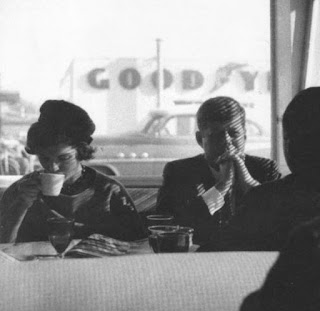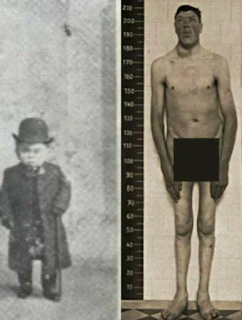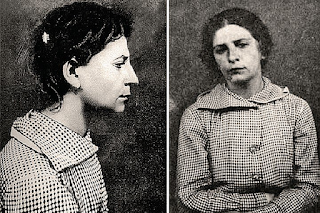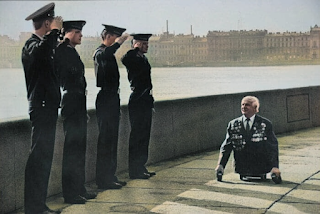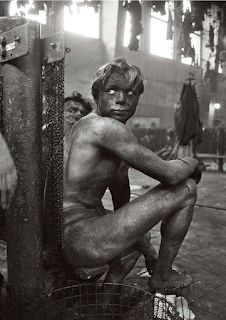In 2003, a 6-inch long skeletal remains of a human fetus later nicknamed Ata were found in a deserted
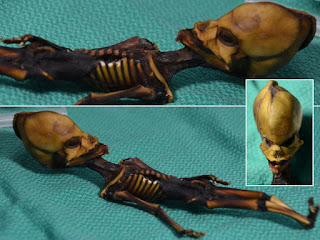
In 2003, a 6-inch long skeletal remains of a human fetus later nicknamed Ata were found in a deserted Chilean town in the Atacama Desert. Many people claimed that the skeleton, which had bone density characteristics of a 6-year-old, despite its tiny size, was an alien. However, the analysis of its DNA show the skeleton to be human. Scientists have since been able to study its DNA. Turns out Ata is closely related to indigenous Chileans but also had some European ancestry. DNA analysis done in 2018 on the premature human fetus identified unusual mutation. Researchers found seven different mutations of her genes that are involved with growth, but they’re not sure which caused her skeletal malformation.
